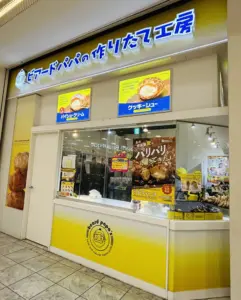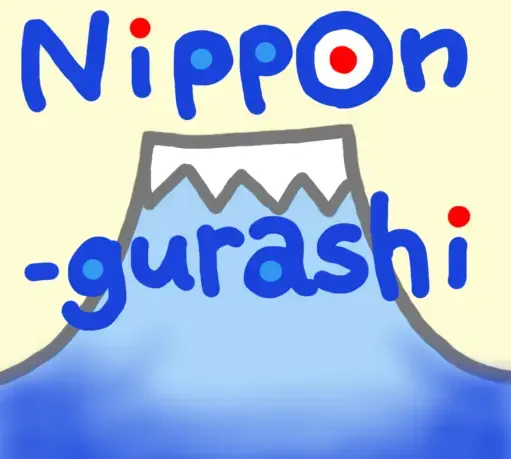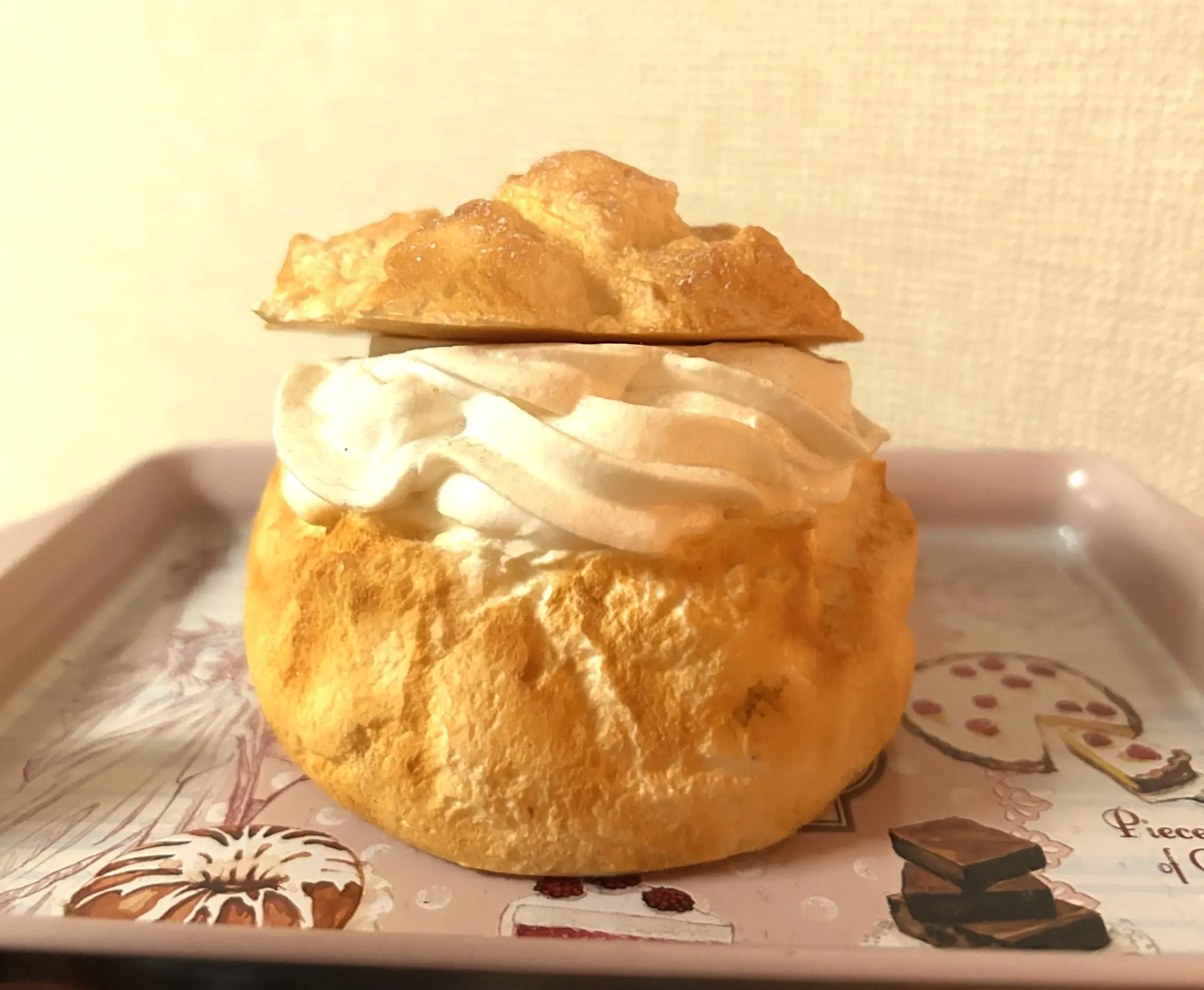What is shū kurīmu in the first place?
If you like to watch anime and know “Mashle” *¹, you might have heard the Japanese word シュークリーム (shū kurīmu) which sounds like “shoe cream” in English. Shū kurīmu doesn’t mean shoe cream, but it means a cream puff in English. There are a lot of Japanese words that may sound like English, but the meanings are not the same as that of English in practice. Those words are called 和製英語(wasei-eigo) in Japanese, and shū kurīmu is one of them. “Wasei” means made in Japan or Japanese made and “eigo” means English. In other words, it is Japanized English.
*¹ What is “Mashle”? It’s a Japanese manga and anime about magic and muscles! (Amazon Link)
What is gairaigo? Is it different from wasei-eigo?
On the other hand, there are also Japanese words that sound like English and their meanings are the same as English. These words are called 外来語(gairaigo) in Japanese. Gairai means “from foreign” or “from outside”, and go means language. So gairaigo are the words that were adopted not only from English but also from other foreign languages. ハッピーアワー(happī awā) is an example of gairaigo that is commonly used in Japan. Its definition is the same as “Happy hour” in English: a time when a restaurant or bar offers reduced prices on alcoholic drinks.
There are a lot of sounds that do not exist in Japanese language such as “TH”, “L”, and “V” in English or “RR” in Spanish. Therefore, the pronunciation in most of gairaigo may be different from the original languages. For instance, the word ボトル(botoru) is a gairaigo from English (the original English word being bottle). As I mentioned, there is no “L” sound in Japanese, so Japanese people have used similar sounds that already exist in their language instead of using the original sound.
You might think the change of pronunciation in gairaigo by the Japanese can be regarded also as “Japanized”. That may be true in a way, but the definition of wasei-eigo (Japanized English) in this article refers only to words that sound like English but have a different meaning.
Where did the word, shū kurīmu, come from?
Shū kurīmu was originally a gairaigo from the French word, chou à la crème. If the Japanese in the Meiji era had not omitted the a la part and followed French pronunciation for crème part, shu a ra kurēmu would have just been a gairaigo and would have never been regarded as wasei-eigo.
Or if the word, cream puff, had come to Japan from English speaking countries before chou à la crème, Japanese people would have called the dessert クリームパフ(kurīmu pafu).

It is said that a French person named Samuel Pierre introduced chou à la crème to Japanese people around the end of the Edo period (1853-1868). He owned a dessert shop in a foreign settlement in Yokohama, and his shop produced Japanese pastry chefs. After that, shū kurīmu was written in the best-selling gourmet book called “Kuidouraku” that was published in 1904 (Meiji 37). However, people who could afford to eat shū kurīmu were very limited at that time. It was around 1955 (Showa 30) when shū kurīmu become commonly known and popular in Japan because of the development of refrigeration equipment.
The most popular コンビニスイーツ(konbini-suītsu) is shū kurīmu in Japan!
According to the survey by 株式会社モンテール (MONTEUR CO., LTD.), a Japanese dessert manufacturing company, shū kurīmu has been the number one selling dessert at convenience stores and grocery stores in Japan for 18 years in a row. If you have visited a convenience store in Japan, you know that there are different types of desserts such as several types of cakes, puddings (or flans), donuts, tiramisu, crepes. dorayaki*, dumplings, jellies, and etc. in a dessert section. Why is shū kurīmu the most popular among those desserts?
*dorayaki = Japanese soft pancakes with azuki red bean paste as a filling.
There are several reasons I can guess as to why shū kurīmu is so popular. First, the price of shū kurīmu is reasonable compared to other desserts. It usually costs about 140 to 235 yen (approx. USD 0.96 to USD 1.62 as of June 2025). Second, it is easy to eat a shū kurīmu since you do not have to use cutlery. In addition to that, the size of a shū kurīmu is just right when you feel like snacking on something light.
Beard Papa’s shū kurīmu is delicious!
Shū kurīmu at convenience stores are not bad, but I like Beard Papa’s shū kurīmu better!
There are 43 locations of Beard Papa’s in the U.S, and my American husband had thought it is an American company. Well, actually it is a Japanese brand. Beard Papa’s is run by a Japanese company called DAY TO LIFE Co., Ltd. (the former name was 株式会社麦の穂 Muginoho Holdings Co., Ltd.). Their American branch name is Muginoho International, Inc.(the former name was MUGINOHO USA INC.).
There are about 250 locations of Beard Papa’s shops in Japan, and 44 of them are located in Tokyo.

If you visit Japan and your Japanese friend asks you, “Would you like to eat a shū kurīmu?”, you don’t need to hesitate to answer. Please say “yes” and enjoy a Japanese cream puff!
Reference
The results of the survey by MONTEUR CO., LTD. in 2025 (in Japanese) https://www.monteur.co.jp/sweets_hakusho/
DAY TO LIFE Co., Ltd. (in Japanese) https://www.daytolife.co.jp/company/global/
A list of wasei-eigo
I picked up some wasei-eigo that are commonly used in daily conversation.
| Wasei eigo | Sounds like | Meaning in English |
| アイスコーヒー(aisukōhī) | ice + coffee | iced coffee |
| アパート(apāto) | apart | apartment |
| アメリカンドッグ (amerikan doggu) | American + dog | corndog |
| ガードマン(gādoman) | guard + man | security guard |
| ガソリンスタンド (gasorin sutando) | gasoline + stand | gas station, petrol station |
| カンニング(kanning) | cunning | cheating (on a test) |
| クレーム(kurēmu) | claim | complaint |
| コインランドリー(koinrandorī) | coin + laundry | laundromat |
| ゴールイン(gōruinn) | goal + in | get married |
| コスパ(kosupa) | cos(t) + per(formance) | good value for your money |
| コンセント(konsento) | consent | outlet/socket |
| コンビニ(konbini) | convenience | convenience store |
| サラリーマン(sararīman) | salary + man | office worker |
| シール(sīru) | seal | sticker |
| シャープペンシル(shāpu pensiru) | sharp + pencil | mechanical pencil |
| スーパー(sūpā) | super | supermarket |
| ソフトクリーム(sofuto kurīmu) | soft + cream | soft serve |
| タイパ(taipa) | ti(me) + per(formance) | time-saving |
| タッチパネル(tacchipaneru) | touch + panel | touch screen |
| デパート(depāto) | depart | department store |
| ドンマイ(donmai) | don’t mind | never mind it |
| ナイーブ(naību) | naïve | sensitive, delicate |
| ノースリーブ(nōsurību) | no + sleeve | sleeveless |
| ファイト(faito) | fight | good luck |
| プチプラ(puchipura) | peti(t) + pri(ce) | affordable price |
| フロント(fronto) | front | reception |
| マンション(mannshonn) | mansion | large apartment, condominium |
| マンツーマン(mantsūman) | man + to + man | one to one |
| ミス(misu) | miss | mistake |
| リサイクルショップ(risaikuru shoppu) | recycle + shop | secondhand store |

